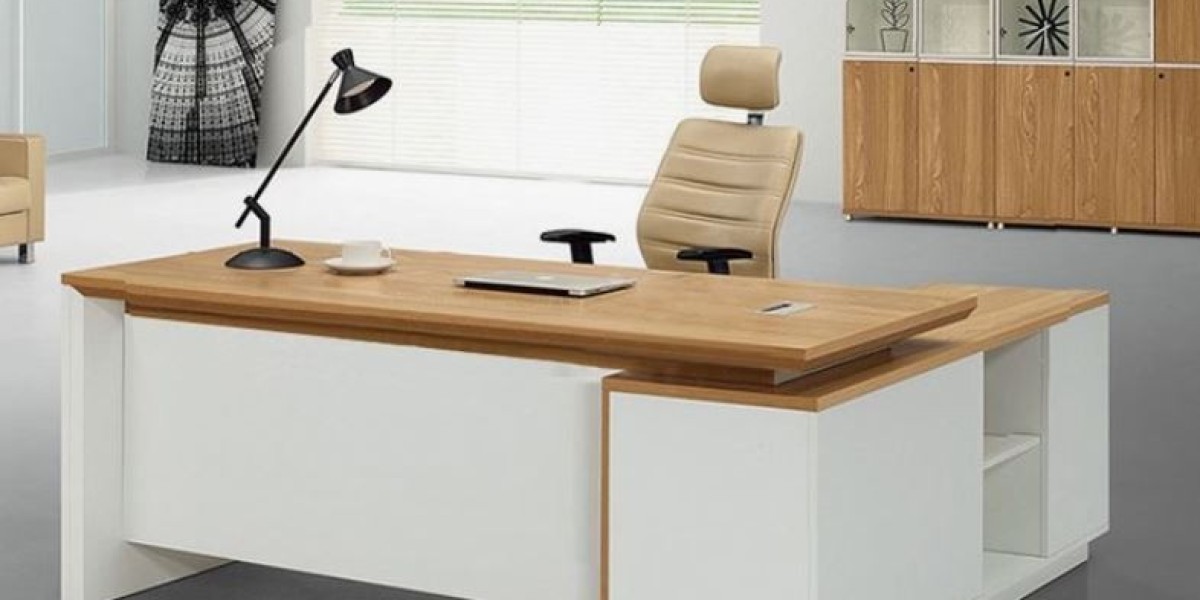In today’s fast-paced and productivity-driven world, the significance of a high-quality office chair is often underestimated. Many people spend up to eight or more hours sitting at a desk every day, making it crucial to choose a chair that supports not just your posture but your overall health. A well-designed office chair plays a pivotal role in enhancing workplace efficiency, minimizing back pain, and reducing fatigue. Whether you're working from a corporate office, co-working space, or home office, investing in an ergonomic and comfortable seating option can drastically improve your daily work experience. The right office chair aligns your spine, relieves pressure from your lower back, and supports your arms and shoulders, all of which contribute to better focus and productivity.
Ergonomic Features That Matter When Choosing an Office Chair
Ergonomics should be the top priority when choosing the right office chair. A good ergonomic chair adapts to your body and supports its natural structure. Key features include adjustable seat height, lumbar support, backrest recline, armrests, and seat depth. An adjustable seat height ensures your feet are flat on the floor, knees are at a 90-degree angle, and thighs are parallel to the ground. Proper lumbar support is essential for maintaining the natural curve of your lower spine, which helps prevent lower back pain over long working hours. A reclining backrest offers much-needed flexibility and reduces pressure on your spinal discs. Additionally, adjustable armrests can minimize strain on your shoulders and wrists. When these elements are combined in a high-quality office chair, they provide optimal comfort and posture correction that lasts throughout the workday.
How the Right Office Chair Enhances Productivity
Productivity is heavily influenced by how comfortable and supported an employee feels while working. An uncomfortable chair may cause frequent breaks due to physical discomfort or restlessness. Over time, this affects concentration and reduces work output. Conversely, a comfortable and ergonomic office chair minimizes distractions caused by physical pain and enables users to focus better on their tasks. Studies have shown that employees who sit in ergonomically designed chairs report fewer musculoskeletal issues, improved energy levels, and higher productivity. A high-performance office chair essentially becomes a tool for professional success by providing the physical foundation required for extended focus and efficiency.
Office Chair Options for Different Work Environments
There are various types of office chairs tailored to meet the needs of different work environments. For executive offices, high-back chairs with premium leather or mesh designs offer both comfort and style. These often come with additional features such as headrests, tilt functions, and high-density foam cushions. For collaborative or shared spaces, task chairs with mid-back designs are ideal due to their space-saving features and flexibility. Mesh chairs have gained popularity in modern office settings for their breathability, helping users stay cool during long hours. On the other hand, for conference rooms, chairs that are easily stackable or mobile are preferred to allow quick reconfiguration of seating arrangements. Freelancers and remote workers might lean toward hybrid models that combine ergonomic features with a compact design to fit into a home office setup without compromising on comfort.
The Role of Office Chair Design in Interior Aesthetics
An office chair is not just a functional piece of furniture; it also contributes significantly to the aesthetics of your workspace. With the increasing shift toward modern and open office designs, furniture must align with the overall theme and brand image. Office chairs are now available in a variety of styles, colors, and materials that can complement any decor—from minimalist and Scandinavian styles to bold and industrial designs. Chairs with sleek lines and premium finishes make a strong visual statement and convey a sense of professionalism. Mesh designs in neutral tones work well in open-plan offices, while classic leather chairs lend an air of authority in executive rooms. When chosen thoughtfully, the office chair becomes a seamless part of your office interior that balances form and function.
Health Benefits Associated with Ergonomic Office Chairs
Long-term use of poorly designed chairs can lead to chronic health problems such as neck strain, shoulder tension, spinal misalignment, and even carpal tunnel syndrome. Ergonomic office chairs help mitigate these risks by promoting good posture and proper circulation. A well-cushioned seat reduces pressure on the hips and enhances blood flow to the legs. The inclusion of lumbar support encourages the natural curve of the lower back and reduces stress on the spine. Adjustable components ensure that users of varying heights and builds receive tailored support. In the long run, using an ergonomic office chair can reduce absenteeism caused by back injuries and repetitive stress disorders, ultimately supporting a healthier workforce.
Tips for Maintaining Your Office Chair for Longevity
An office chair is a long-term investment that requires regular maintenance to preserve its functionality and aesthetics. To ensure longevity, it’s essential to clean the chair regularly based on the type of material—use a damp cloth for mesh, mild soap for plastic, and conditioner for leather. Periodically check for loose screws, bolts, or casters and tighten them as necessary. Lubricating the moving parts will help maintain smooth functionality. If the chair features pneumatic adjustments, avoid sudden weight drops that could strain the gas lift mechanism. Additionally, avoid sitting on the armrests or leaning back too aggressively, which can weaken the chair’s frame. By following these simple practices, your office chair will remain comfortable, functional, and visually appealing for years to come.
Conclusion: Invest in Comfort and Efficiency with the Right Office Chair
Choosing the right office chair is not a luxury—it’s a necessity in today’s workspace environment. From enhancing comfort and reducing physical strain to improving focus and contributing to aesthetic appeal, the right chair delivers multifaceted benefits. Whether you're a business owner outfitting an entire office or an individual setting up a home workspace, the office chair you select can significantly impact your well-being and productivity. Make a smart investment in your health and work quality by choosing a chair that offers ergonomic support, style, and durability. For premium seating solutions designed for the modern professional, trust office chair to meet your workspace needs with excellence.







